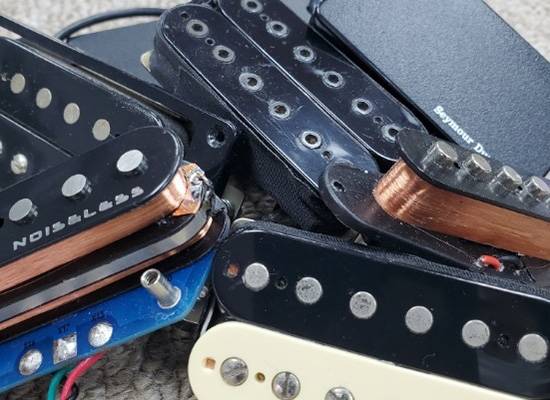
Hello.
When drinking milk straight, I always choose 4.5% fat, but for making café au lait at home, I think 3.5% fat is the best.
So today, I’d like to explain one of the most important aspects of replacing pickups: how pickups work.
Even those considering replacing their pickups may not fully understand the structure and principle of pickups.
By knowing the structure and principle, you can broaden your choice of pickups and get closer to your ideal sound.
*In this blog, ‘pickup’ refers to the magnetic pickups commonly found on electric guitars and basses.
So, what is the structure of a pickup?
If you take off the cover...
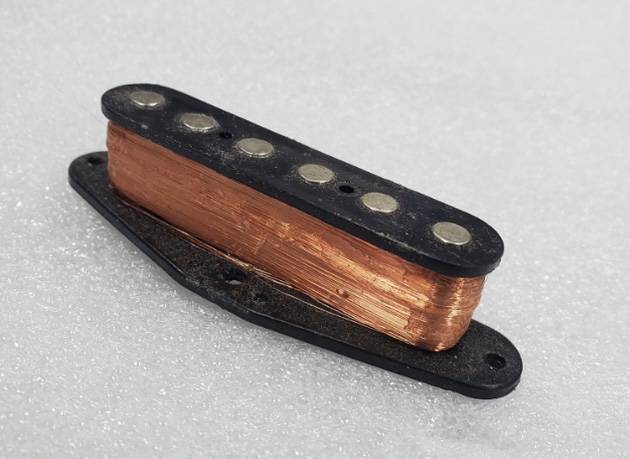
It looks like this.
There seems to be some copper wire wrapped around an iron rod.
The iron rod thing is called a pole piece, and it’s made of a magnetic material. The copper-like wire is called enamel wire, which is a copper wire coated with an insulating material.
Doesn’t this look familiar?
Yes, it does.
It’s exactly like the coils you see in science class around middle school.
Although it has a cool name ‘pickup’, it’s essentially a device that generates electricity using a coil.
A coil can generate electricity through motion or generate motion using electricity, showcasing the power of science.
By the way, I have this thing here (photo below), where a magnet is placed under the metal rod to create a similar structure.
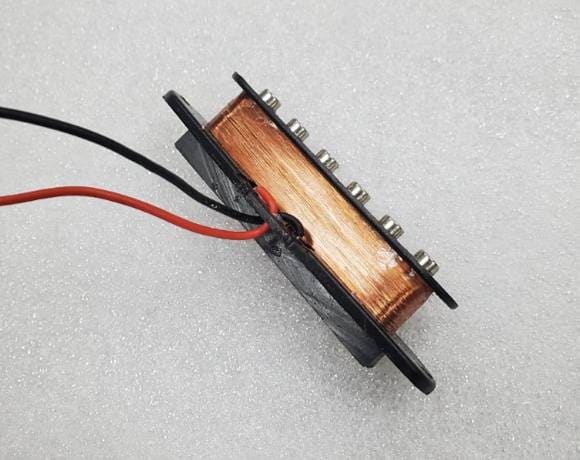
So why does this pickup generate electricity?
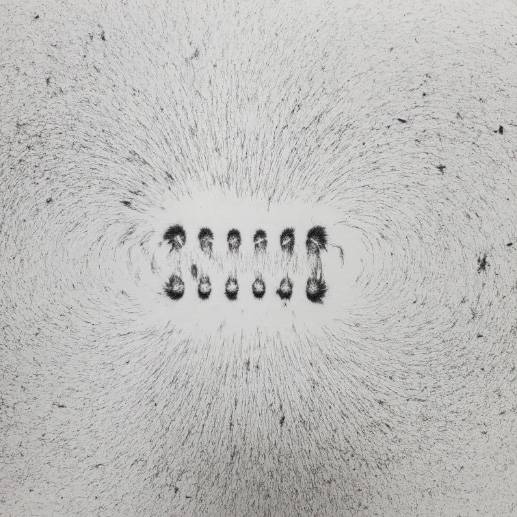
As shown in the picture above, there is a barrier called a magnetic field around the coil, and when the guitar string vibrates, it disrupts this barrier, creating what is known as electromagnetic induction.
The material disrupting the magnetic field must react to a magnet, so electric guitars have strings made of magnetic metal.
This is why pickups cannot capture sounds from things like the human voice or nylon strings, which don’t respond to magnets.
By now, I hope you understand that electric guitar sound is created by the electromagnetic induction current generated by pickups.
This electromagnetic induction current changes depending on how much the pickup’s magnetic field is disturbed.
In other words, when you play the guitar strongly, the strings vibrate more, disturbing the magnetic field more, and producing a louder sound.
Conversely, if you play the strings gently, the magnetic field disturbance is minimal, so the sound is quieter.
Pickups utilizing this nature can be considered the most suitable microphones for electric guitars.
Moreover, there is another way to greatly disturb the magnetic field besides plucking the strings strongly.
That method is moving the pickup closer to the strings.
By doing so, the magnetic field gets closer to the strings and is greatly disturbed, making the sound louder.
Conversely, moving the pickup away reduces the disturbance of the magnetic field, making the sound quieter.
This relationship between the distance of the strings and the pickup is simple yet profound.
By the way, this property is utilized in staggered pole pieces and adjustable pole pieces.

Staggered Pole Pieces
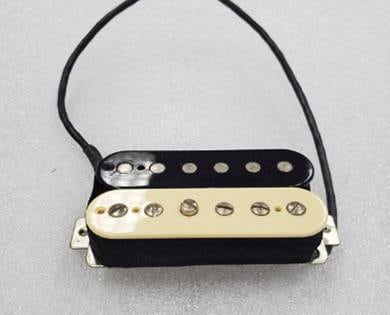
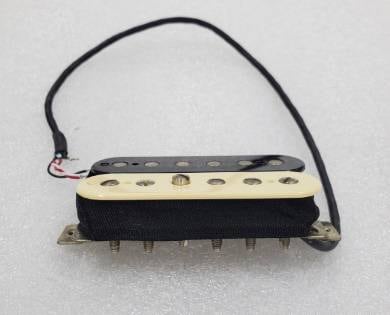
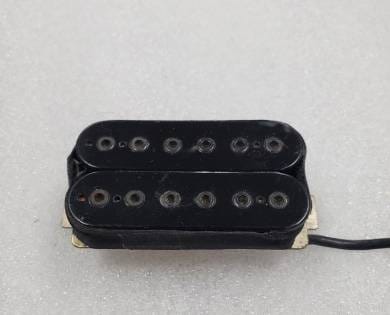
Adjustable Pole Pieces
As shown in the pictures, you can adjust the height of the pole pieces for each string to emphasize the particular sound, or use movable pole pieces to achieve your preferred sound.
If you have never changed the height of your pickup or the adjustable pole pieces, give it a try. The sound changes more than you might expect.
However, note that the pickup height is usually adjusted to the optimal value at the factory or upon sale.
Before making any changes, be sure to measure and keep the original values in a note or take a picture so you can restore them if needed.
So, how was the explanation of how pickups generate sound?
Some of you might be surprised at how simple the structure is.
Why, then, are there so many types of pickups with varying prices if they all have similar structures?
Next time, I will talk about that.
I hope this post adds a touch of color to your musical life.
See you again on the Sound House Staff Blog.
Goodbye.






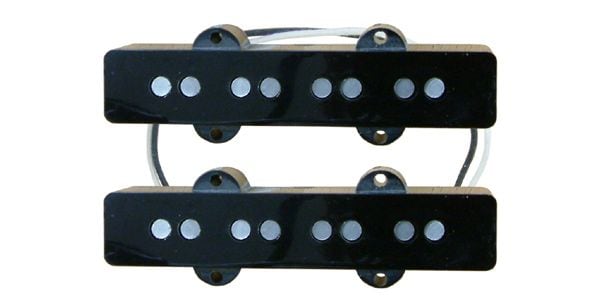
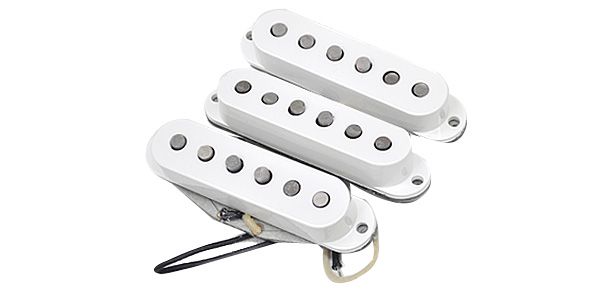
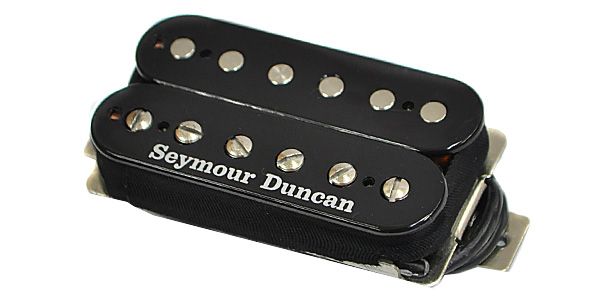

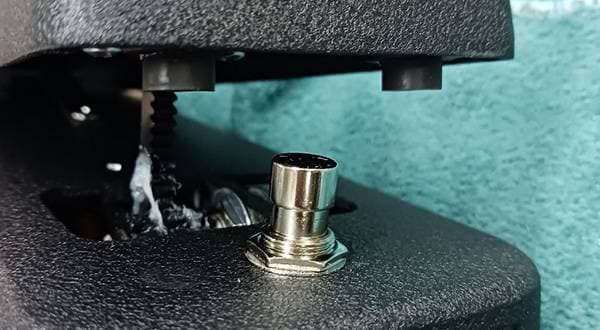
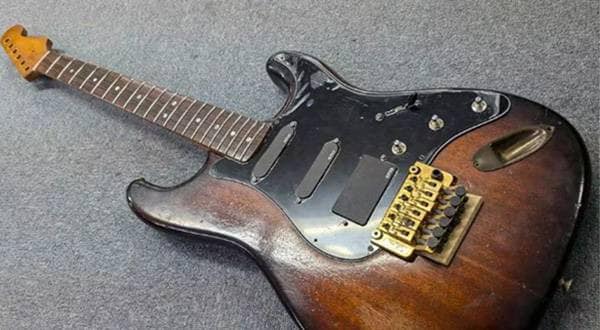
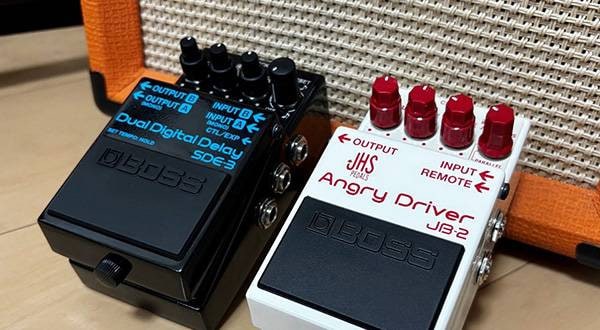
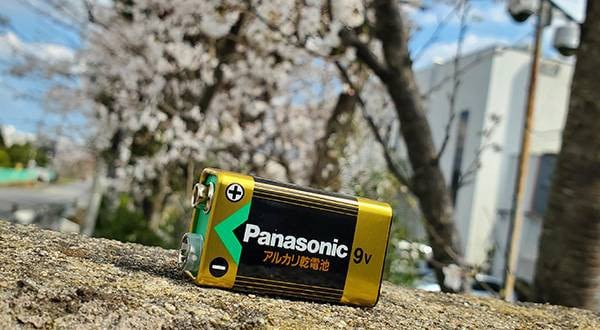

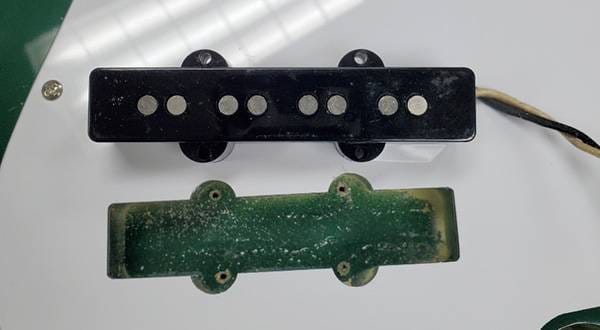

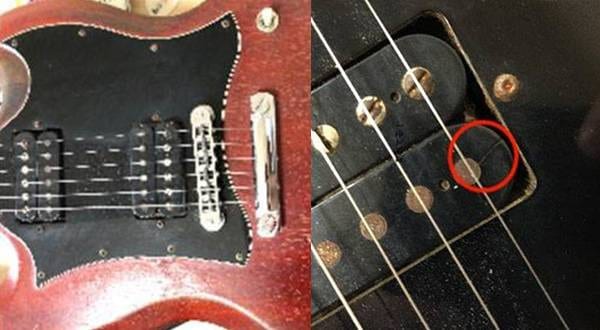
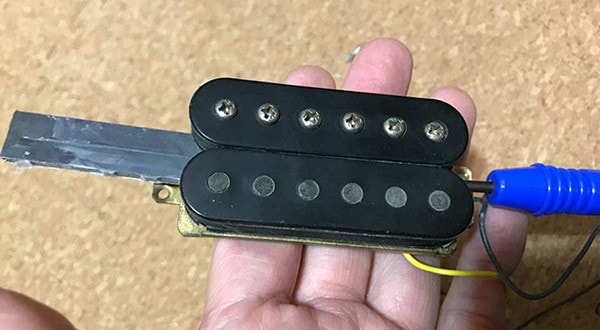
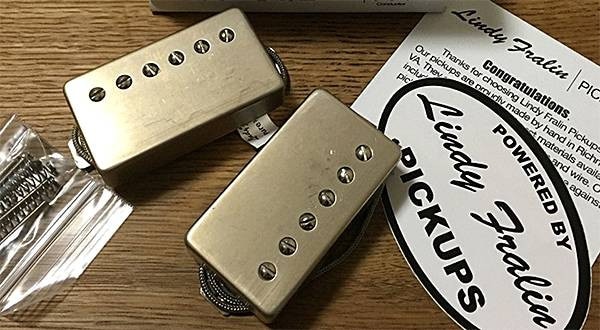
 ピックアップ交換大作戦!
ピックアップ交換大作戦!
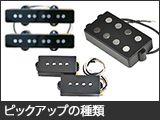 ピックアップの種類
ピックアップの種類
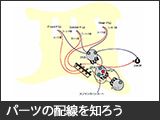 パーツの配線を知ろう
パーツの配線を知ろう
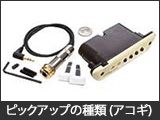 ピックアップの種類(アコースティックギター)
ピックアップの種類(アコースティックギター)
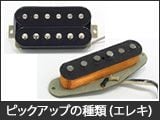 ピックアップの種類(エレキギター)
ピックアップの種類(エレキギター)
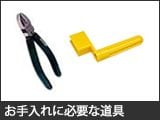 お手入れに必要な道具
お手入れに必要な道具















